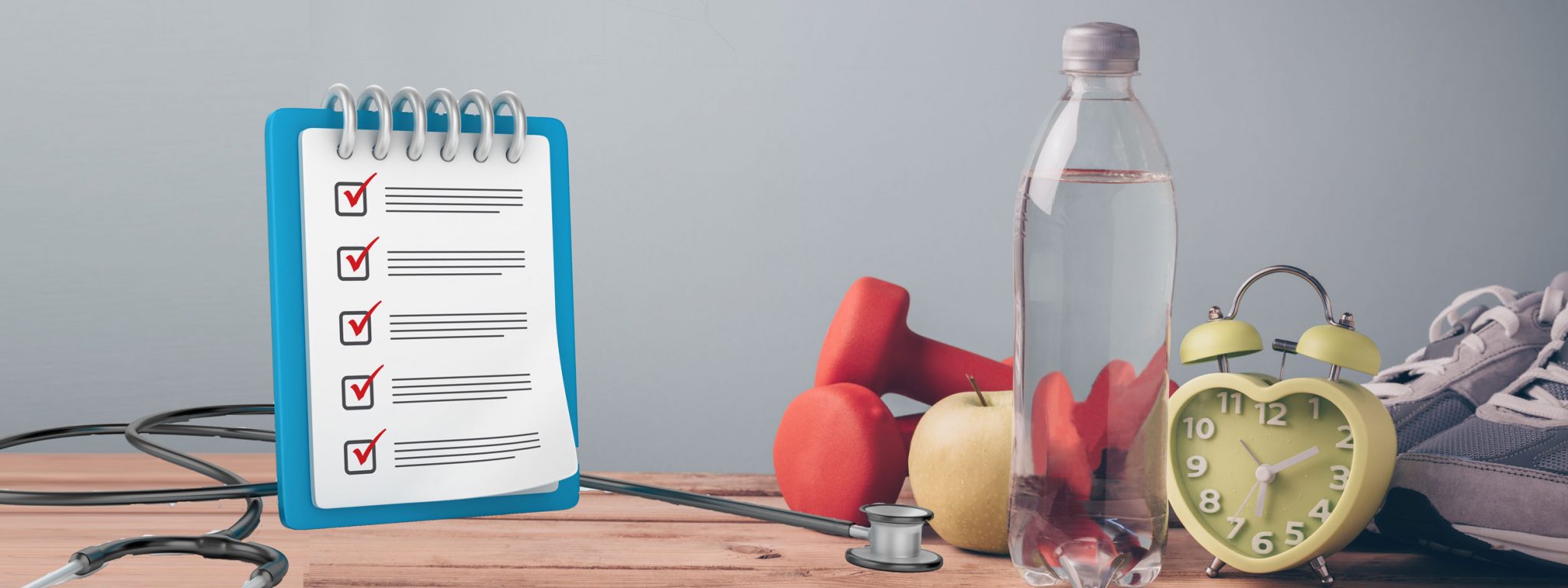Developing a Plan for Chronic Pain Relief

The experience of chronic pain is more than just the pain itself. Pain can affect how a participates in life, from physical activities like running and cycling or simply bending over to pick up a grocery bag, to emotional wellbeing and functioning in daily activities like work and social outings. In turn, mood, physical activity, and social engagement influence the level of pain one experiences. It makes sense, then, that an optimal pain management plan is multifaceted and tailored to the individual:
- education,
- structured exercise,
- judicious use of medication,
- meditation and breathing techniques, and
- psychological or other mental health treatments for developing strategies for thinking about pain as well as for other conditions that are co-occurring with chronic pain (depression, anxiety disorders, PTSD).
The big question is, how does a person experiencing chronic pain get help getting an effective treatment plan together?
Since pain is an internal experience, the experience of pain may be invisible to others, sometimes leaving the person with pain feeling alone and not well understood by others. Additionally, many people with chronic pain find themselves withdrawing from activities resulting in social isolation. Therefore, one of the most important things a person experiencing chronic pain can do is talk to others. Talking to a clinician or other provider can help promote feelings of being understood and start a course for reducing pain to a reasonable level, while maintaining higher levels of functioning, emotional wellbeing, and quality of life. Conversing with friends and family members may also be helpful for reducing feelings of isolation and also in building an “at-home” support team for your pain management plan. Ultimately, you are the expert on your experience of pain, and starting with thoughtful, open communication can be the start to reducing chronic pain’s negative impact on your life.
Click here to see talking points and other ways to prepare for the conversation.
While the majority of people manage mild pain on their own, those experiencing moderate to severe chronic pain—pain that’s lasted three months or longer despite a reasonable period of recovery and that interferes with daily activities and work—or an exacerbation of a chronic pain condition, often choose to go to their primary care provider first. On the other hand, with certain kinds of pain conditions, like low back pain, one might seek care from alternative providers such as a physical therapist, chiropractor, massage therapist, or acupuncturist. Other providers that may be able to help with chronic pain include mental health care providers for developing strategies for achieving goals and gaining control over how one thinks of their pain, yoga and Tai Chi practitioners, and nutritionists for dietary guidance.
Findings from a large body of research suggest that a majority of people with chronic pain may achieve adequate pain control and improved physical and emotional functioning through the implementation of an integrated, multimodal pain management plan that supports successfully managing pain while maintaining valued activities. Development of the plan begins with a comprehensive pain assessment that relies most heavily on an information exchange between persons with pain and their providers. It may be that a single visit with a single practitioner isn’t going to have a substantial impact, but a series of sessions with one provider, or a team of providers, can make a world of difference. Be sure that your primary care provider or other healthcare providers are aware of the approaches that you either are or have been using so that they can be thinking about how these approaches might best fit into your integrated pain treatment plan.

